Home / Albums / Tag Century:19th 870

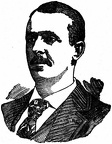 Detective T. V. Jackson
Detective T. V. Jackson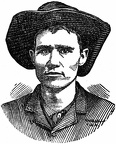 Jim Burrow
Jim Burrow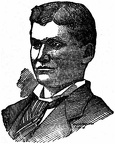 John McDuffie
John McDuffie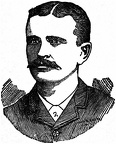 Jefferson D. Carter
Jefferson D. Carter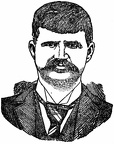 Rube Smith
Rube Smith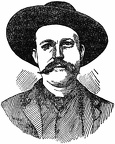 William Brock
William Brock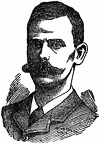 L. C. Brock alias Joe Jackson
L. C. Brock alias Joe Jackson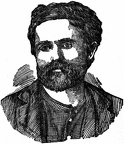 Rube Burrow
Rube Burrow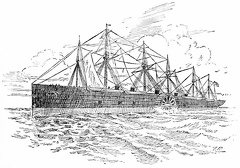 The Great Eastern
The Great Eastern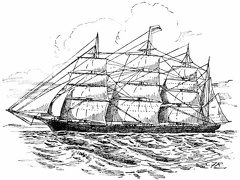 The Great Republic
The Great Republic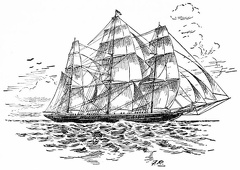 The Ariel, 1866
The Ariel, 1866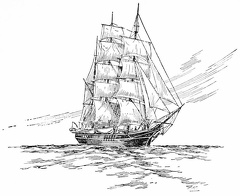 A Whaling Bark
A Whaling Bark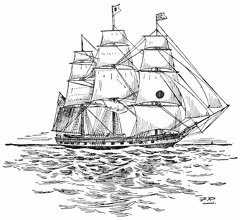 A Black Ball Packet
A Black Ball Packet John Harvey Kellogg
John Harvey Kellogg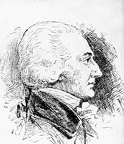 Nathan Read
Nathan Read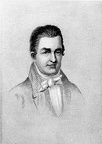 Oliver Evans
Oliver Evans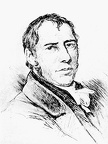 Richard Trevithick
Richard Trevithick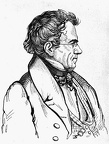 Thomas Blanchard
Thomas Blanchard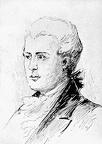 William Murdock
William Murdock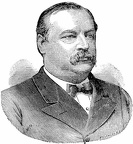 Grover Cleveland
Grover Cleveland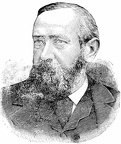 Benjamin Harrison
Benjamin Harrison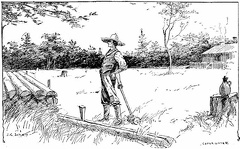 Abe, 'The Rail-Splitter'
Abe, 'The Rail-Splitter'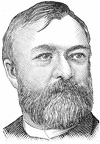 Andrew Carnegie
Andrew Carnegie Henry C. Frick
Henry C. Frick William H. Vanderbilt
William H. Vanderbilt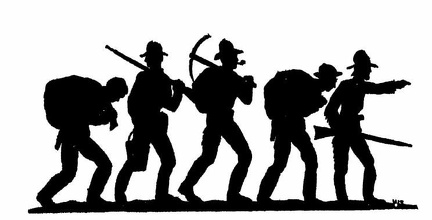 The Hell-roaring forty-niners
The Hell-roaring forty-niners In the Gallery of the Palais-Royal
In the Gallery of the Palais-Royal Little Patriots
Little Patriots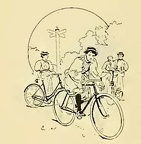 Out for a ride
Out for a ride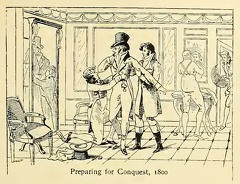 Preparing for conquest
Preparing for conquest An Opera Ball
An Opera Ball Coasack Encampment on the Champs-Elysees
Coasack Encampment on the Champs-Elysees A Public Room at Frascatis
A Public Room at Frascatis A walk in the Tuileries Gardens
A walk in the Tuileries Gardens An official ball in the Strassbourg Theatre
An official ball in the Strassbourg Theatre A check in the Park at Bagatelle
A check in the Park at Bagatelle A gambling hell in the Palais-Royal
A gambling hell in the Palais-Royal A gathering in the Luxembourg Gardens
A gathering in the Luxembourg Gardens 1807
1807 1809
1809 1809
1809 1810
1810 1805
1805 1806
1806 1806
1806 1806
1806 1807
1807 1807
1807 1808
1808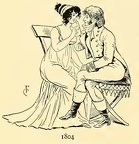 1804
1804 1804
1804 1804
1804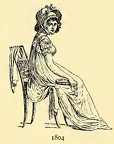 1804
1804 1805
1805 1805
1805 1802
1802 1803
1803 1803
1803 1803
1803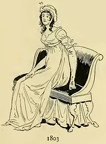 1803
1803



